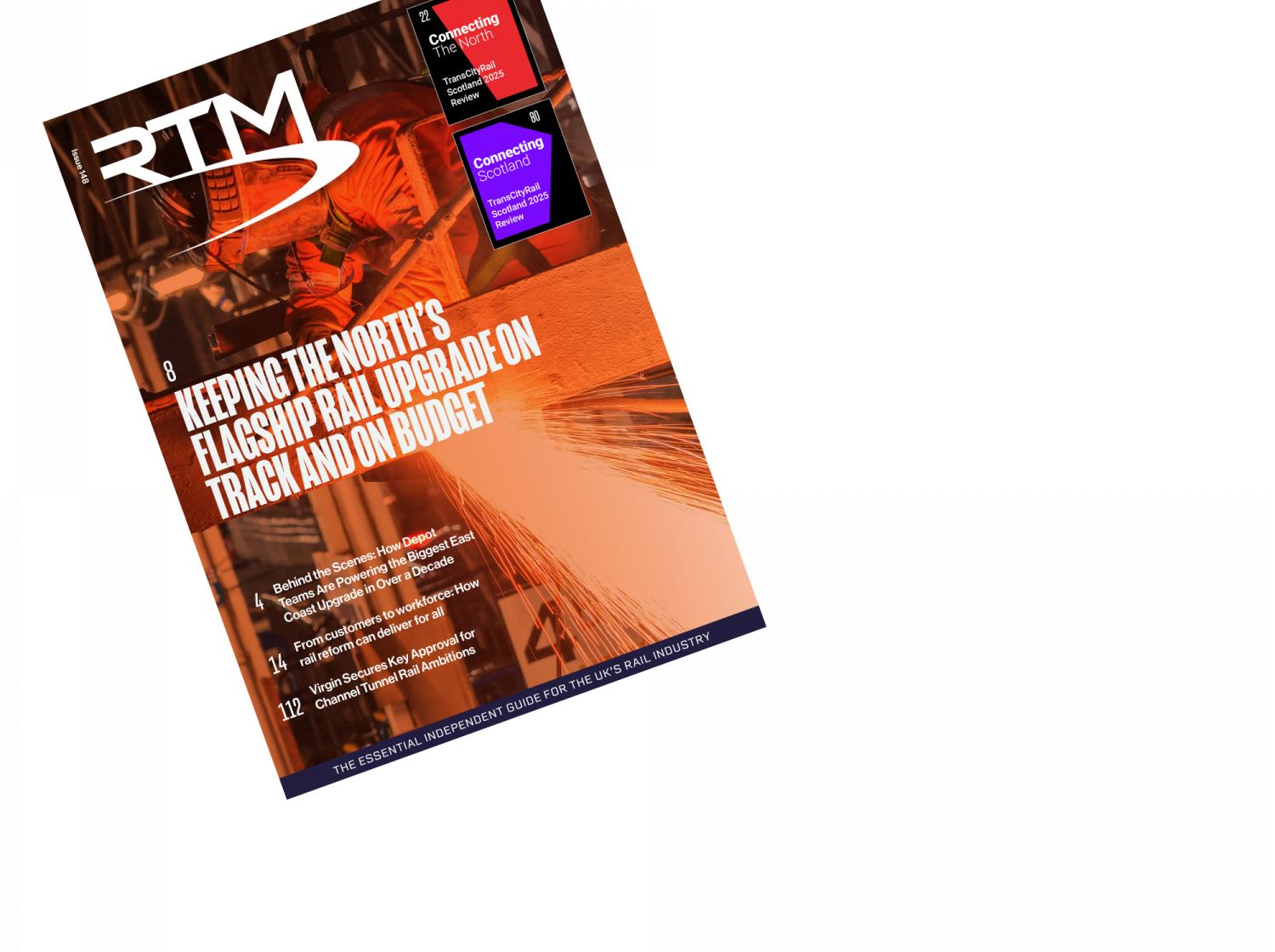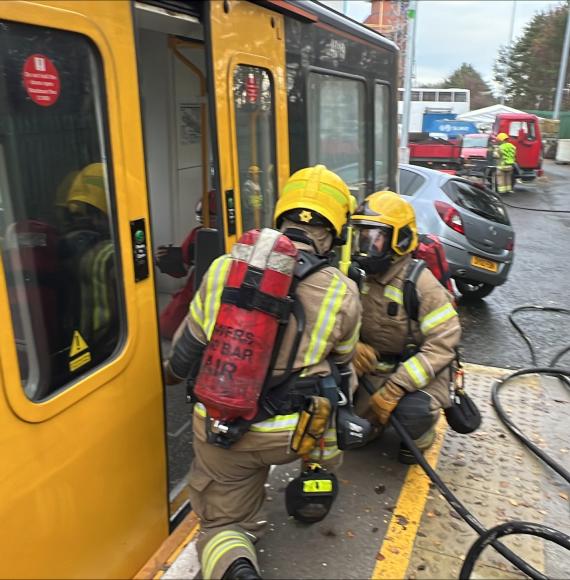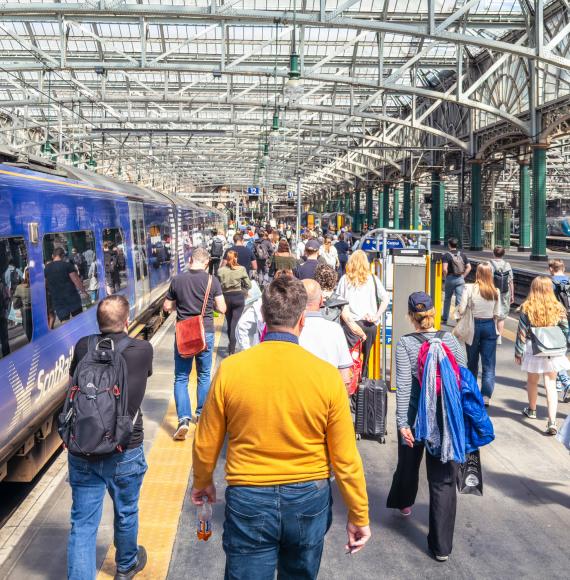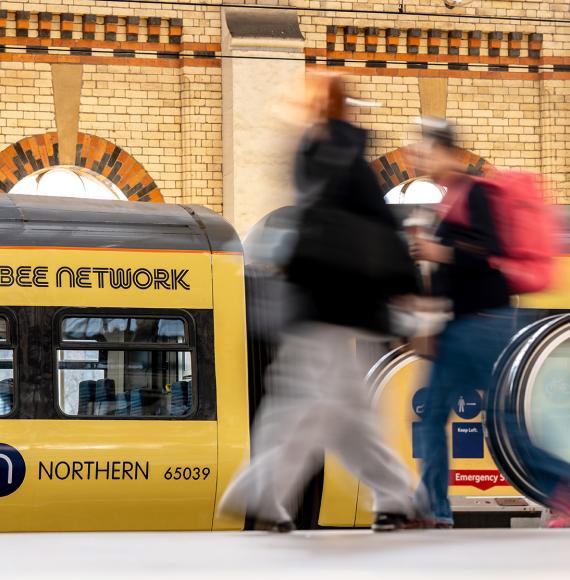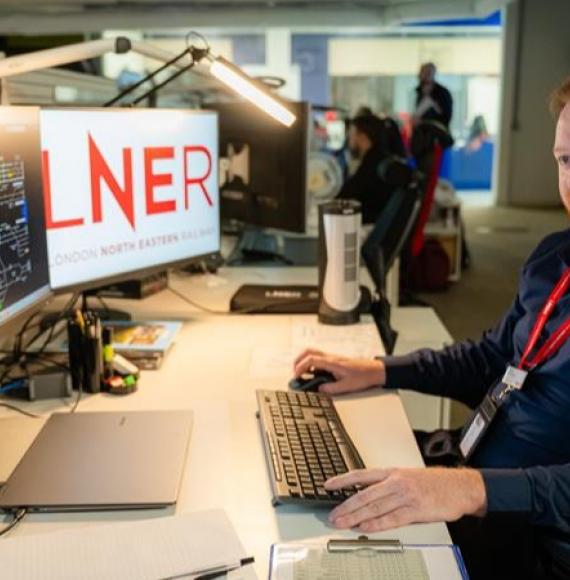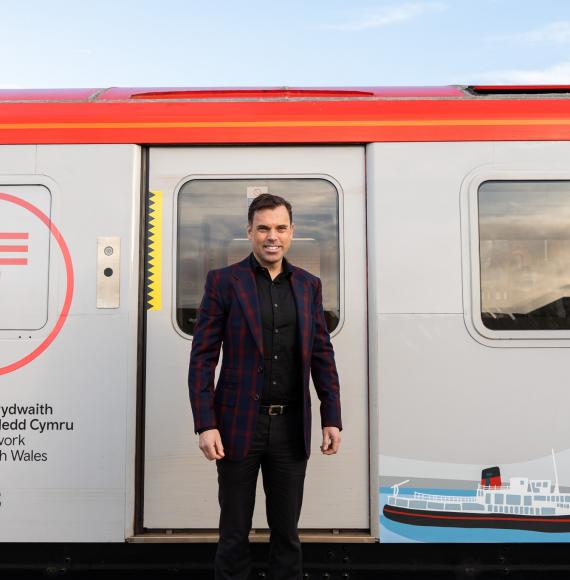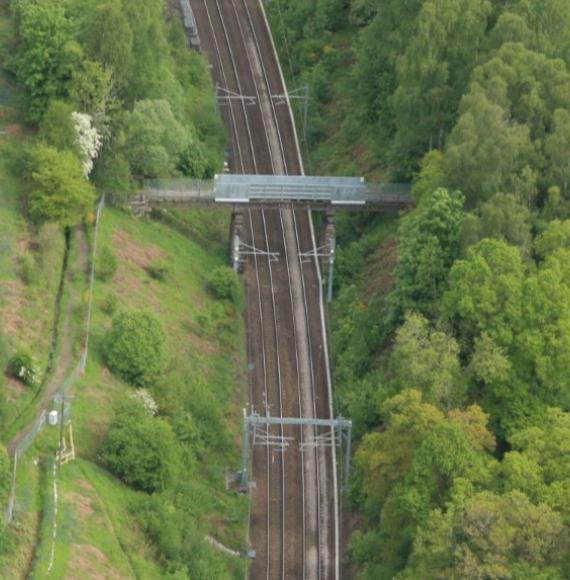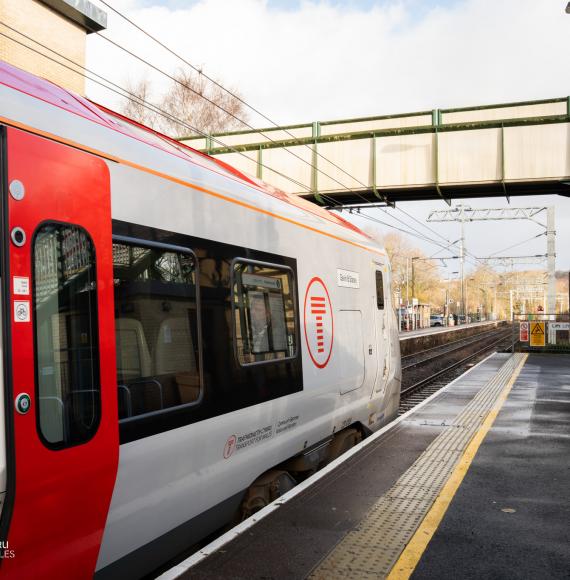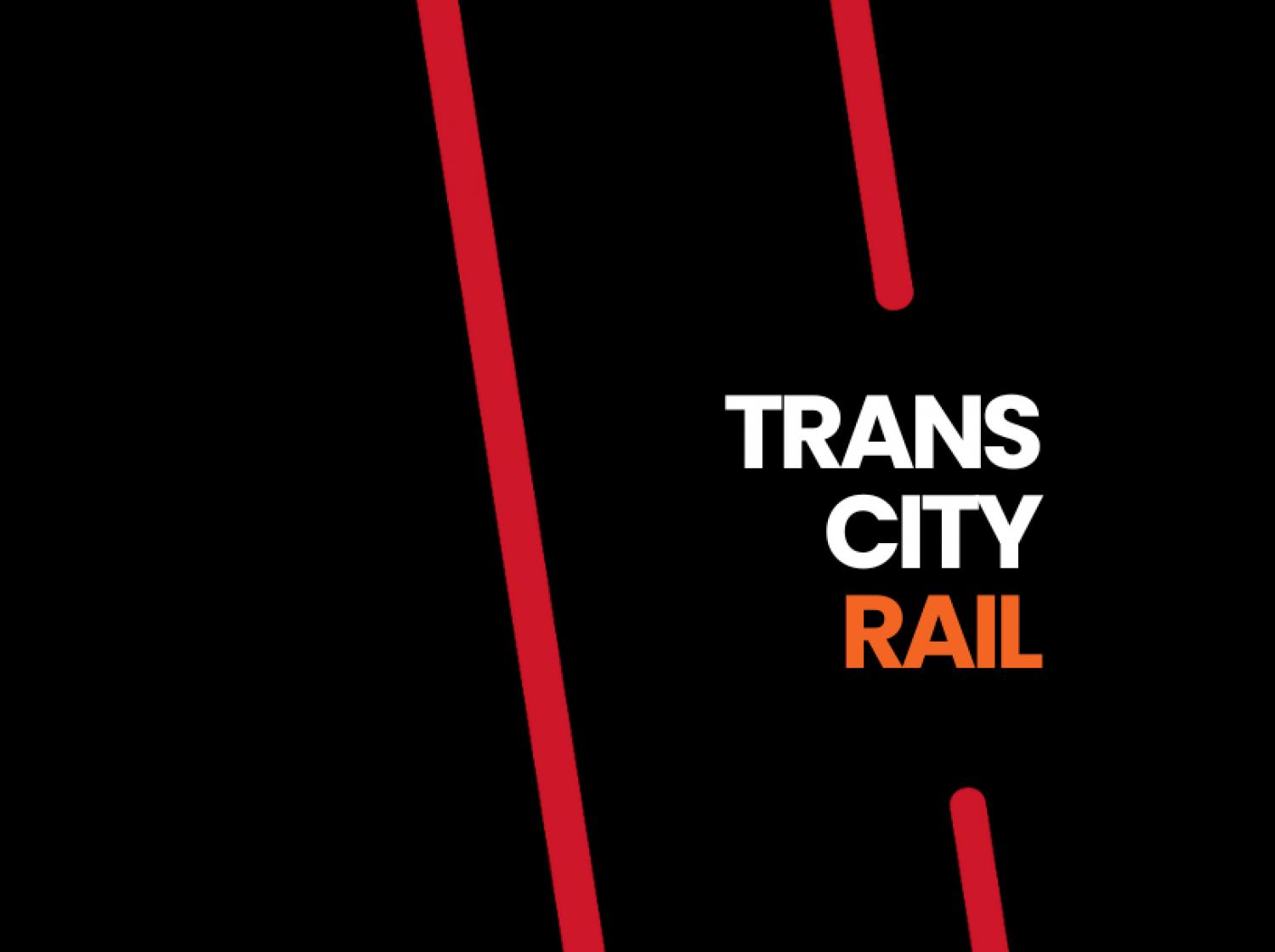A series of special tests have been successfully completed on a new Tyne and Wear Metro train to ensure that it performs correctly at full customer capacity.
Crush laden testing is designed to simulate the maximum weight of passengers on a train. To do this, one of the new Stadler trains was loaded with 39 tonnes of ballast, the equivalent of around 300 passengers. The train was then put through its paces on a series of night-time runs across the Metro network.
The tests included checking the train's braking performance, how it handled curves, and how the doors and other components performed under load. All of the tests went well, and the train performed as expected.
Michael Richardson, head of fleet and depot replacement programme at Nexus, said: "Crush load testing is a critical part of getting the first new Metro trains ready for our customers. It's essential that we're confident that the trains can perform safely and correctly when they're full.
"I'm pleased to say that all of the crush laden tests went well, and the new train performed as exactly we expected it to. This is another step towards getting the new trains into service next year."
“Testing the new Metro fleet is a really detailed process. We are going through around 90,000 different checks and are leaving no stone unturned as we get the first train ready to welcome customers next year.
The new Tyne and Wear Metro trains are being built by Stadler Rail in Switzerland and are part of a £362m investment to replace the Metro's current fleet of trains, which are over 40 years old.
Once the trains enter service, they will run across the full 77 metre kilometre network on Tyneside.
Claudius Oblasser, project manager for Stadler, added: “This period of comprehensive tests on the local network is an essential stage in the process to deliver high spec, high quality new trains. They will be a game-changer for the passenger experience.
“Crush load testing is carried out through physical tests, involving loaded trains to simulate passenger weight, and mathematical calculations that use industry-approved formulae, based on weight per square metre. It is another essential component of the testing process.”
The new trains are designed to be larger, more comfortable, and more reliable than the current trains and also have a number of features to improve accessibility.
The first new Metro train is expected to enter service in early 2024. The full fleet of 46 new trains is expected to be in service by the end of 2025.
Photo Credit: Nexus


